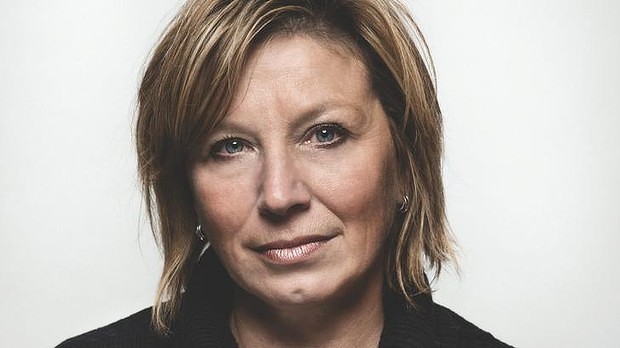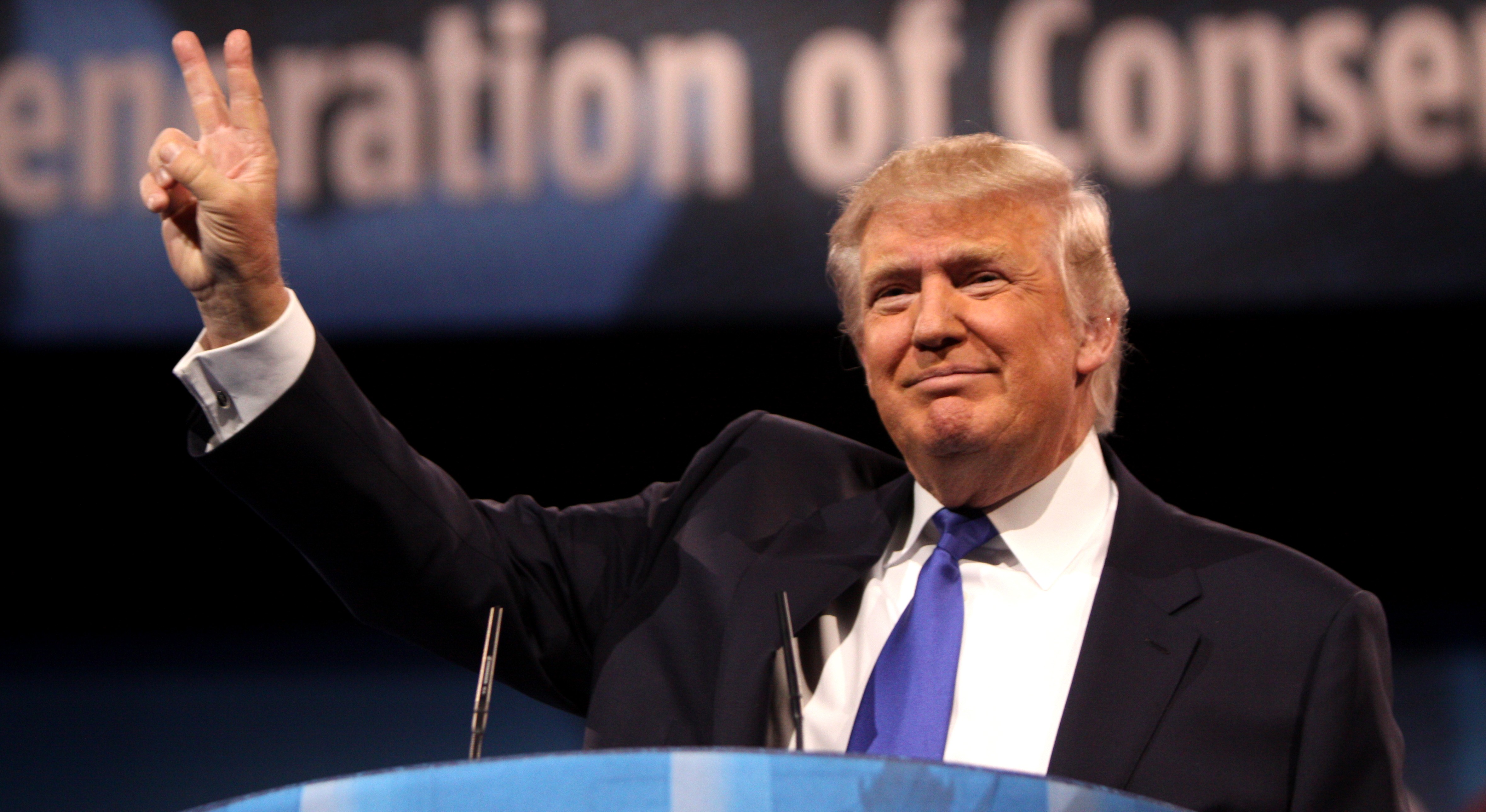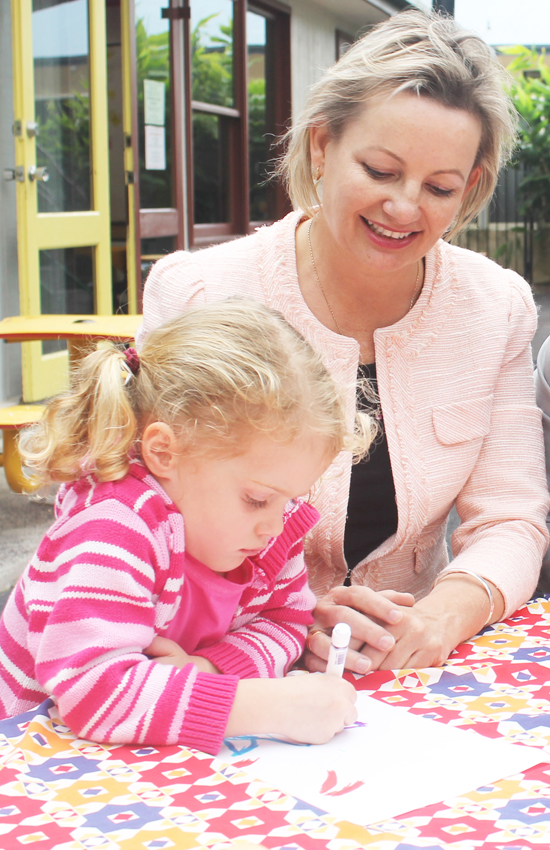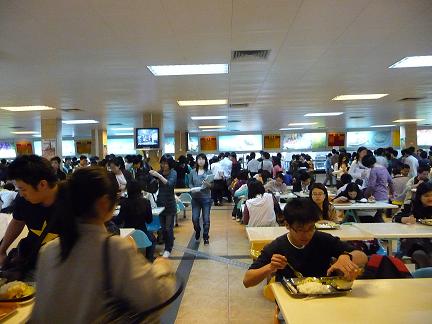It may be one thing to celebrate our acheivements on International Women’s Day, but considering this year’s theme, shouldn’t we be thinking about how far we have to go? Steph Nash explains.
‘Make it Happen’. These three words are the catch-cry of this year’s International Women’s Day celebrations, urging us to celebrate women’s achievements and reflect on how we can push for greater equality.
It goes without saying that we have come a long way since the first International Women’s Day, 101 years ago. The stigma behind the ‘working woman’ is virtually non-existent, with women comprising around 45.9 per cent of the Australian labour force (Workplace Gender Equality Agency, 2014).
We have amazing activists to thank for our progress in the feminist movement. This year, we had Rosie Batty as our Australian of the Year, which created a powerful, nation-wide awareness of the devestating impact of domestic violence on family life. We also had Sussan Ley appointed as the second female member of the Federal Cabinet, joining her colleague, Foreign Minister Julie Bishop.
But to be honest, I’m not really in the mood to celebrate.
As fantastic as it is that we have come such an astonishingly long way since the early 1900’s, gender equality has not statistically improved in the last twenty years.
The Workplace Gender Equality Agency (WGEA) estimates the gender pay gap in Australia to be around 19 per cent, putting the award wages for women almost ten years behind mens.
At first, I found this devastating statistic hard to believe. But considering the less-than-fantastic portrayal of women in the media and in government, maybe it’s no wonder we’re struggling to acheive gender equality.
1. We have a Minister for Women who thinks his job is a joke.
Sorry, Mr Abbott, but hosting an International Women’s Day event at a prehistoric men’s-only club does not constitute the shattering of the glass ceiling.
On the same note, being told that the scrapping of the carbon tax was the best thing to happen to me in 2014 was quite possibly the worst news I have ever heard in my life.
Sydney University found that Mr Abbott’s tactless treatment of former Prime Minsiter Julia Gillard has done absolutely nothing to encourage women from entering politics. One only has to look to the marginal representation of women at an executive level of government to be convinced that the Prime Minister does not take his role seriously as the Minister for Women.
That, or he has a hard time understanding that the concept of ‘merit’ is not gender-specific.
And to be quite frank, I don’t really appreciate that the first female Foreign Minister doesn’t identify as a feminist.
Weren’t we only talking about non-feminists some twelve months ago when #womenagainstfeminism was trending? Haven’t we already established that non-feminists are counter-productive to gender equality?
Being ignorant to fact that women are no where near equal to men in the workforce is driving this country backwards.
We need more women in government. We need more women in government who identify as feminists. And we need a Minister for Women who will take the role seriously.
2. Childcare services are not meeting our needs.
Walkley Award winning journalist, Annabel Crabb, wrote a book last year called The Wife Drought. Having read the book from cover-to-cover, I believe it is a bible for women looking to bridge the gender equality gap.
Her theory? That Australian mothers are given more parenting responsibilites than the fathers. She claims that there are less women in executive level positions because men expect their wives to look after their children while they do extra hours at work.
According to Crabb, the likelihood of a working male with two children under the age of 15 having a wife working part-time or not at all is 76 per cent. The odds for a woman with the same aged children, and a part-time or unemployed husband? Only 15 per cent.
Considering that full-time employed women do as much as twenty hours more housework in a week than their partners, we clearly have a cultural problem that wont go away.
So, how are we going to fix this?
Two things need to change. Firstly, workplace executives need to start treating parental leave as genuine parental leave.
Executive Director for Women on Boards, Ruth Medd, has said a lot about this in the past, having previously stated that working fathers are granted much less time off than working mothers.
“People say, ‘Mary isn’t committed to her job because hse has to leave on Fridays at three to pick up Sally-Anne and James’, where as we all know that the dads go off to the school sports day and no-one blinks an eye-lid, generally speaking,”Medd said.
“Fathers have children too – is that a problem for their working career? Not at all. But it’s a problem in some circumstances for women’s working careers.”
Secondly, childcare services need to be better available and more affordable. Being able to provide for a family is hard work, with most households needing both parents to work full-time. All Australian families need to be able to afford childcare services – it’s a must for briding gender equality and for strengthening the Australian economy.
Health Minister Sussan Ley spoke to us about this issue sometime last year, back when she was the Minister for Childcare.
“I meet a lot of women who spend a large proportion of their after-tax dollars on their au pair, nanny, out of school care or vacation care,” she said.
“It points to a bit of a crisis when it coes to the participation of these women in the workforce today.”
I hate to be a downer on the celebration of women’s equality, but the truth is, I think we need to stop being ignorant of the roadblocks preventing greater gender equality.
Australian attitudes need to change before we improve the paygap, and that needs to start in government.
This opinion was inspired by November articles “Parliament House: A Tough Gig for Working Mums” and “Annabel Crabb’s Balancing Act”.












